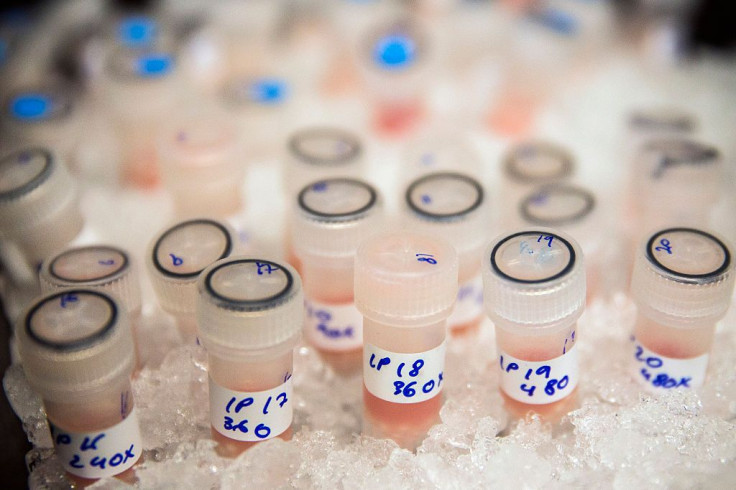Breast Cancer 2016: Everything You Need To Know

Breast cancer is the most common cancer in women regardless of ethnicity and race. It can be classified into different types depending on where the disease started in the breast and the way it grows, among other factors.
Breast cancer is the most common cause of death from cancer among Hispanic women in the U.S., according to the Centers for Disease Control and Prevention. Latest figures from 2013 show that 230,815 women and 2,109 men in the country were diagnosed with breast cancer, CDC stated. Of these, 40,860 women and 464 men died from the disease.
This type of cancer can be broadly categorized in two forms — invasive and noninvasive.
Invasive breast cancers
It is the most common type of cancer among American women. Also known as infiltrating breast cancer, invasive breast cancer spreads to the normal tissues in or around the breast. It can also spread to other body parts through the blood and lymph systems.
Malignant cells can be present in the milk ducts and lobules (milk-producing glands) in this type of cancer.
Two main types of invasive breast cancer are found among patients — invasive ductal carcinoma (IDC) and invasive lobular carcinoma (ILC).
While IDC starts in the milk ducts, ILC is formed in the lobules. IDC accounts for about 70 percent of invasive breast cancers and ILC is more of a rare type.
Breast-conserving surgery or mastectomy, radiation therapy, chemotherapy, hormone therapy and/or targeted therapy are given to those with invasive breast cancer depending on the stage and characteristics of the tumor.
Noninvasive breast cancers
These types of cancer are known as in situ breast cancers. This means that the cancer cells are limited to a single place and do not spread to tissues around the milk ducts or the lobules. There are two types of noninvasive breast cancers — ductal carcinoma in situ (DCIS) and lobular carcinoma in situ (LCIS).
The DCIS type of breast cancer is prevalent in the milk ducts and the most common form of noninvasive breast cancer. LCIS occurs in the lobules. It is not a premalignant condition but a marker that identifies women at an increased risk of developing invasive breast cancer.
Surgery is often recommended in DCIS breast cancer to remove just the area of the cancer along with a border of healthy tissue around it (local excision). However, some women may also require mastectomy.
Unlike DCIS, LCIS does not require typical cancer treatment such as surgery, radiation therapy and chemotherapy. However, it is advisable that those with LCIS should undergo careful observation to watch for any indications of invasive breast cancer.
Other types of breast cancers:
Male Breast Cancer
Breast cancer is rare in men. However, when it occurs, it is often a ductal carcinoma.
Paget’s Disease of the Nipple
A rare form of breast cancer, Paget’s disease of the nipple occurs when cancer cells gather in or around the nipple.
Phyllodes Tumors of the Breast
These are rare breast tumors that start in the connective tissue of the breast and spread quickly in a leaf-like pattern. Not all, but some of these tumors are cancerous.
Recurrent and/or Metastatic Breast Cancer
This is a type of breast cancer that has returned following treatment or spread to other parts of the body.



























